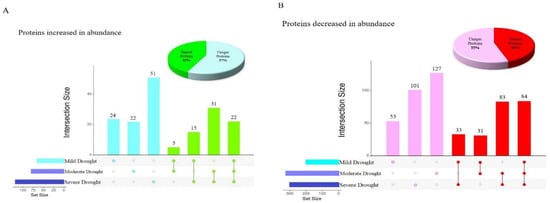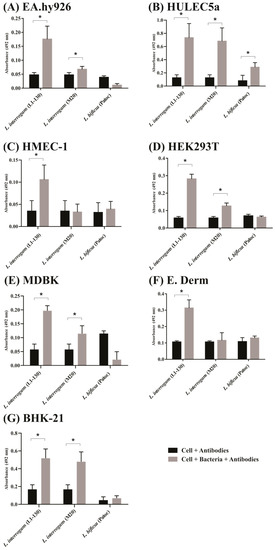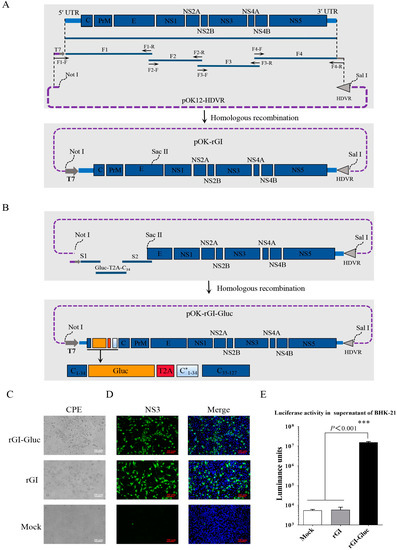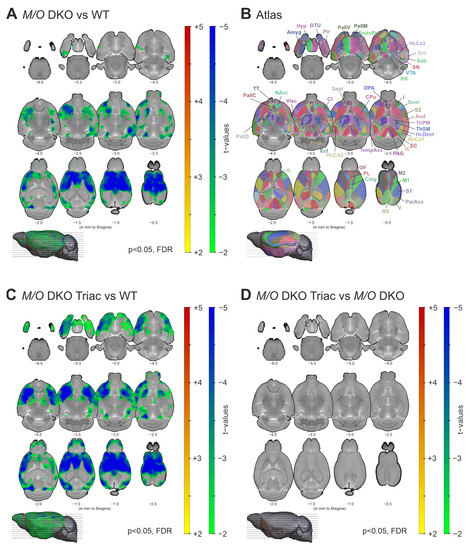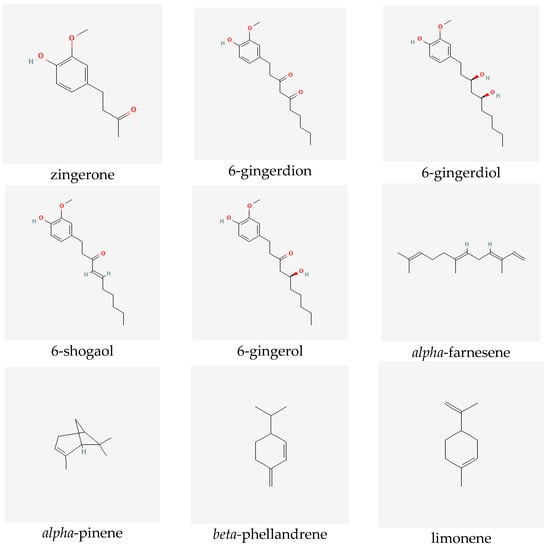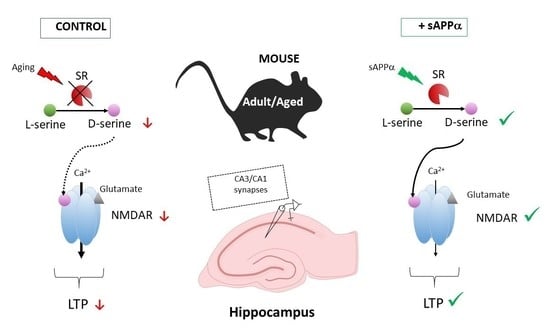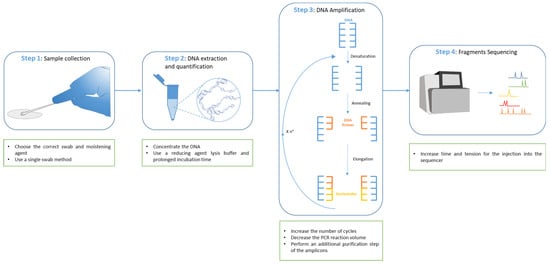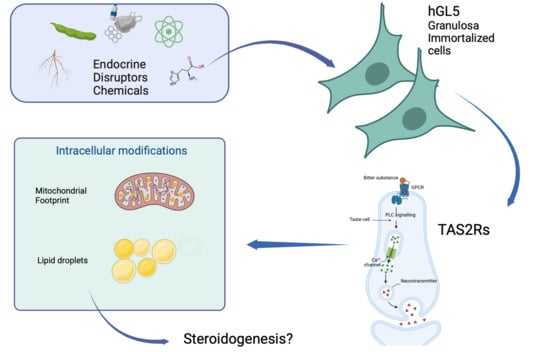Int. J. Mol. Sci. 2022, 23(24), 15552; https://doi.org/10.3390/ijms232415552 - 8 Dec 2022
Cited by 10 | Viewed by 2148
Abstract
Food safety of staple crops such as rice is of global concern and is at the top of the policy agenda worldwide. Abiotic stresses are one of the main limitations to optimizing yields for sustainability, food security and food safety. We analyzed proteome
[...] Read more.
Food safety of staple crops such as rice is of global concern and is at the top of the policy agenda worldwide. Abiotic stresses are one of the main limitations to optimizing yields for sustainability, food security and food safety. We analyzed proteome changes in Oryza sativa cv. Nipponbare in response to five adverse abiotic treatments, including three levels of drought (mild, moderate, and severe), soil salinization, and non-optimal temperatures. All treatments had modest, negative effects on plant growth, enabling us to identify proteins that were common to all stresses, or unique to one. More than 75% of the total of differentially abundant proteins in response to abiotic stresses were specific to individual stresses, while fewer than 5% of stress-induced proteins were shared across all abiotic constraints. Stress-specific and non-specific stress-responsive proteins identified were categorized in terms of core biological processes, molecular functions, and cellular localization.
Full article
(This article belongs to the Special Issue State-of-the-Art Molecular Plant Sciences in Australia)
►
Show Figures
